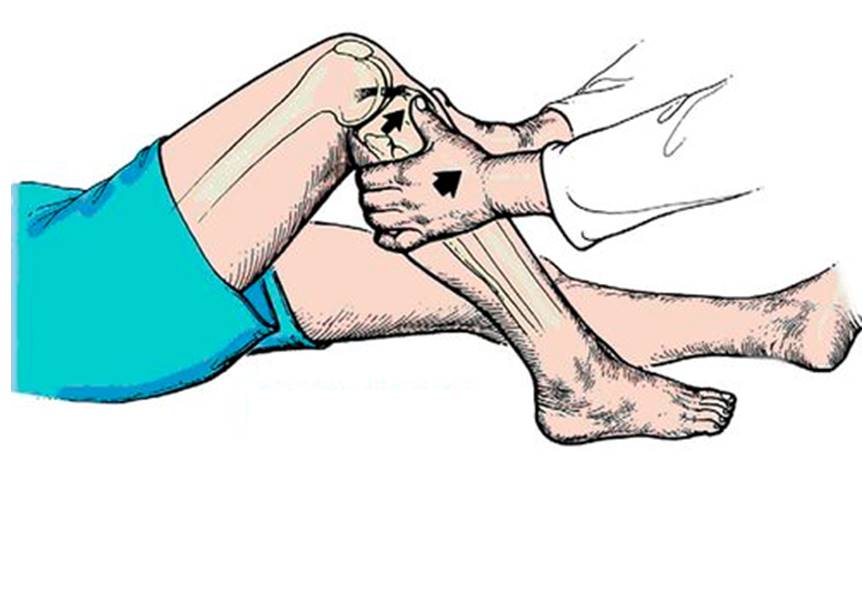The Impact of Daily Life on Joint Health and the Development of Arthritis
Introduction:
Joint health is a crucial aspect of overall well-being, enabling individuals to perform various physical activities with ease. However, the demands and challenges of daily life can have a significant impact on the health of our joints, potentially leading to the development of arthritis. This article explores the relationship between everyday activities, joint health, and the progression of arthritis.
Section 1: Understanding Joint Health
To comprehend the effects of daily life on joint health, it is important to first understand the structure and function of joints. Joints connect bones, allowing for movement and flexibility. They are comprised of cartilage, synovial fluid, ligaments, and other supporting structures. Healthy joints facilitate smooth movements, absorb shock, and provide stability.
Section 2: Daily Activities and Joint Health
2.1 Sedentary Lifestyle: Prolonged sitting or inactivity can contribute to joint stiffness and reduced flexibility. Lack of movement leads to weakened muscles and ligaments, increasing the strain on joints and potentially causing joint pain.
2.2 Overuse and Repetitive Movements: Certain occupations or hobbies that involve repetitive motions, such as typing or playing sports, can place excessive stress on specific joints. Over time, this can lead to joint damage and the development of arthritis.
2.3 Obesity: Carrying excess weight puts additional pressure on joints, particularly in the knees and hips. The constant stress can accelerate joint wear and tear, heightening the risk of arthritis.
Section 3: Joint-Healthy Lifestyle Practices
3.1 Regular Exercise: Engaging in low-impact exercises, such as swimming or cycling, helps improve joint flexibility, strengthens surrounding muscles, and supports joint health. Exercise also aids in weight management, reducing the strain on joints.
3.2 Ergonomics: Maintaining proper posture and using ergonomic equipment at work and home can alleviate unnecessary stress on joints. Ergonomic modifications can be made to workstations, chairs, and tools to promote joint health.
3.3 Balanced Diet: Consuming a nutritious diet rich in antioxidants, omega-3 fatty acids, and vitamins promotes joint health. These nutrients help reduce inflammation and support the regeneration of cartilage.
3.4 Joint Protection: Practicing proper body mechanics during physical activities and using protective gear when necessary, such as knee braces or wrist supports, can help prevent joint injuries.
Section 4: Arthritis and Its Development
Arthritis is a common condition characterized by joint inflammation, pain, and stiffness. Certain risk factors, such as age, genetics, and previous joint injuries, contribute to its development. However, daily life factors can significantly impact arthritis progression in susceptible individuals. The cumulative effect of poor joint health practices can accelerate joint degeneration and increase the likelihood of developing arthritis.
Section 5: Seeking Professional Guidance
If individuals experience persistent joint pain, stiffness, or other concerning symptoms, it is advisable to consult a healthcare professional. They can provide an accurate diagnosis, offer treatment options, and recommend lifestyle modifications tailored to individual needs.
Conclusion:
Maintaining healthy joints is vital for an active and fulfilling life. By understanding the impact of daily life on joint health and implementing joint-healthy practices, individuals can minimize the risk of arthritis development and promote optimal joint function. Prioritizing regular exercise, maintaining a balanced diet, and adopting ergonomic habits are essential steps towards ensuring joint longevity and overall well-being.
